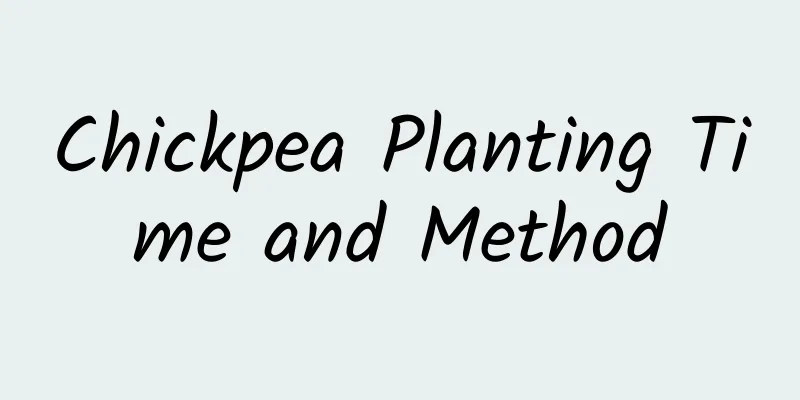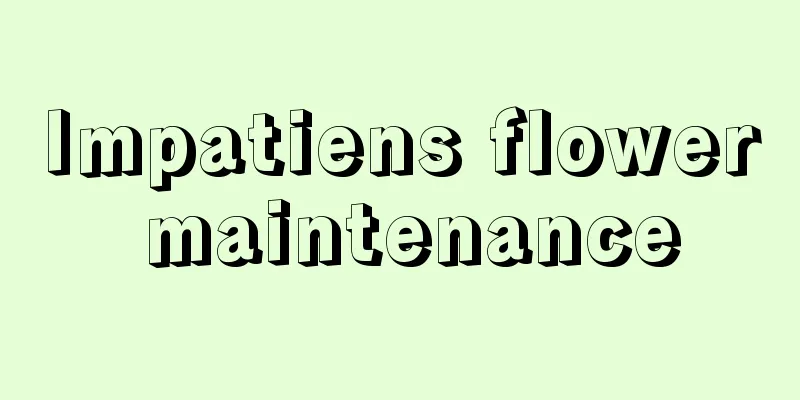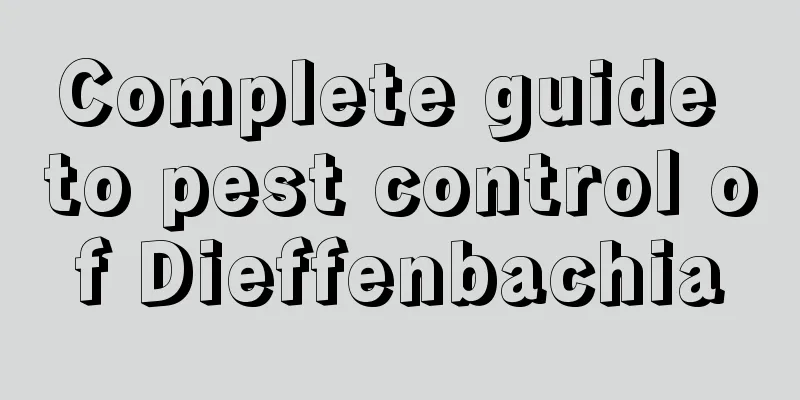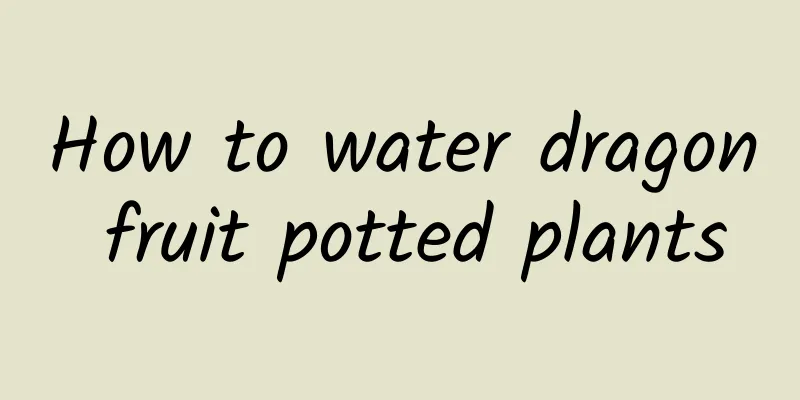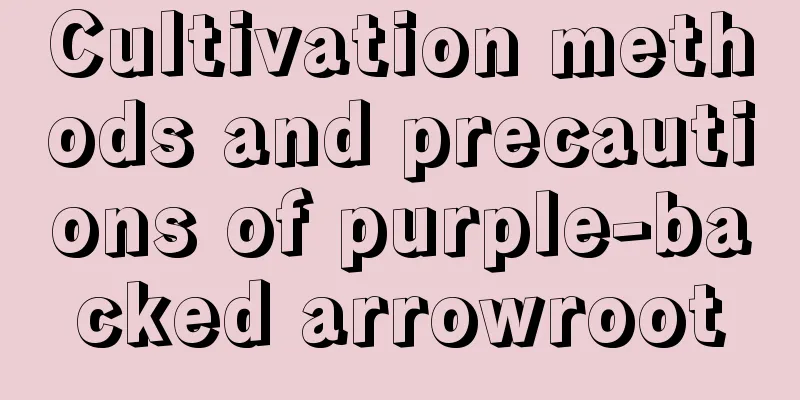Don’t buy nutrient soil. Here’s a tip: mix these 3 things together and they’re more effective than anything else for growing flowers!

|
The nutrient soils on the market now are said to contain various trace elements and nutrients, but we have no way of knowing whether they contain them and how much they contain. Instead of worrying about whether the soil has enough nutrients, it is better to make your own "special soil". Huahua knows an old man who loves flowers. The soil he uses for growing flowers is a mixture of three things together. Whatever he grows grows well! These three things are pine needles, fallen leaves and bones that are common in our lives. When mixed together, the nutritional content can be said to be extremely high. The key is that these things are very easy to obtain, and you can grow flowers well without even spending a penny. Next, Huahua will tell you how to make this kind of soil! 1. Pine NeedlesIt is autumn now, which is also the season when pine needles appear in large quantities. Sometimes we can pick up a lot of them when walking on the roadside. Pine needles originally grow on pine trees and belong to the same plant family as flower plants, so it is perfect to use them as fertilizer for flowers. When we use it, we can put it at the bottom of the flower pot or cut it into pieces and mix it into the soil, both of which can provide good nutrients. Pine needles can enhance the looseness and drainage of the soil, and also have a certain thermal insulation effect. 2. Fallen LeavesIn autumn, the streets are almost entirely covered with fallen leaves. Although they may seem inconspicuous, they can be very useful if collected and used on flowers. After we collect the fallen leaves, we need to spread them out in the sun for a few days. This will effectively sterilize them, so there is no need to worry about future use. We can add water to these fallen leaves and mix them into the soil, ferment them into leaf mold, or of course, put them at the bottom of the flower pot to enhance the air permeability of the soil. 3. Bone mealBone meal sounds very high-end, but it is actually just collecting the animal bones left over from our daily meals, grinding them into powder, and then putting them into the soil as base fertilizer for growing flowers. Before we use these bones, it is best to wash them and expose them to the sun for a few days to sterilize and disinfect them in order to prevent the appearance of insects later. Grind the processed bones into powder and give it to the flowers you love at home. These three things can be used alone or mixed with soil in a ratio of 1:2:1. The effects of growing flowers are very good. Friends who like it can try it. It is really more useful than nutrient soil. This way you can save a lot of money on growing flowers! |
Recommend
Can hyacinth be hydroponically cultivated? How to cultivate hyacinth hydroponically?
1. Can it be hydroponically grown? Hyacinth can b...
The efficacy and function of sunflower
Medicinal effects Clearing away heat When we have...
Can money tree be watered with aspirin?
1. Whether it is possible The active ingredient o...
The efficacy and function of cinnamon
1. Warming the meridians Cinnamon bark can warm t...
How much cabbage yield per mu? Planting profit and prospects
Cabbage yield per mu Cabbage is a common vegetabl...
Is it good to change the soil of Euphorbia milii in spring?
1. Is it good to change the soil in spring? It is...
Brazilian iron breeding methods and precautions
Brazilian ironwood is a tropical plant. There are...
How to grow bamboo indoors
Planting time The best time to transplant or pot ...
When are onions planted and harvested in the north?
Onions are highly adaptable to the environment an...
How to grow trumpet creeper and how to climb vines
1. How to grow trumpet creeper 1. Light: Trumpet ...
Common varieties of marigold
Marigold "Discovery" Series The Discove...
Cutting method of purple seal
Cutting time The best time is now in spring, befo...
Cultivation methods and precautions of boxwood bonsai
The boxwood bonsai plant is very easy to grow. As...
How to grow Monstera in winter, what are the precautions
1. Keep warm Monstera is a plant with poor cold r...
When is the best time to plant beauty peppers?
The beauty pepper is a type of pepper . It is mai...
